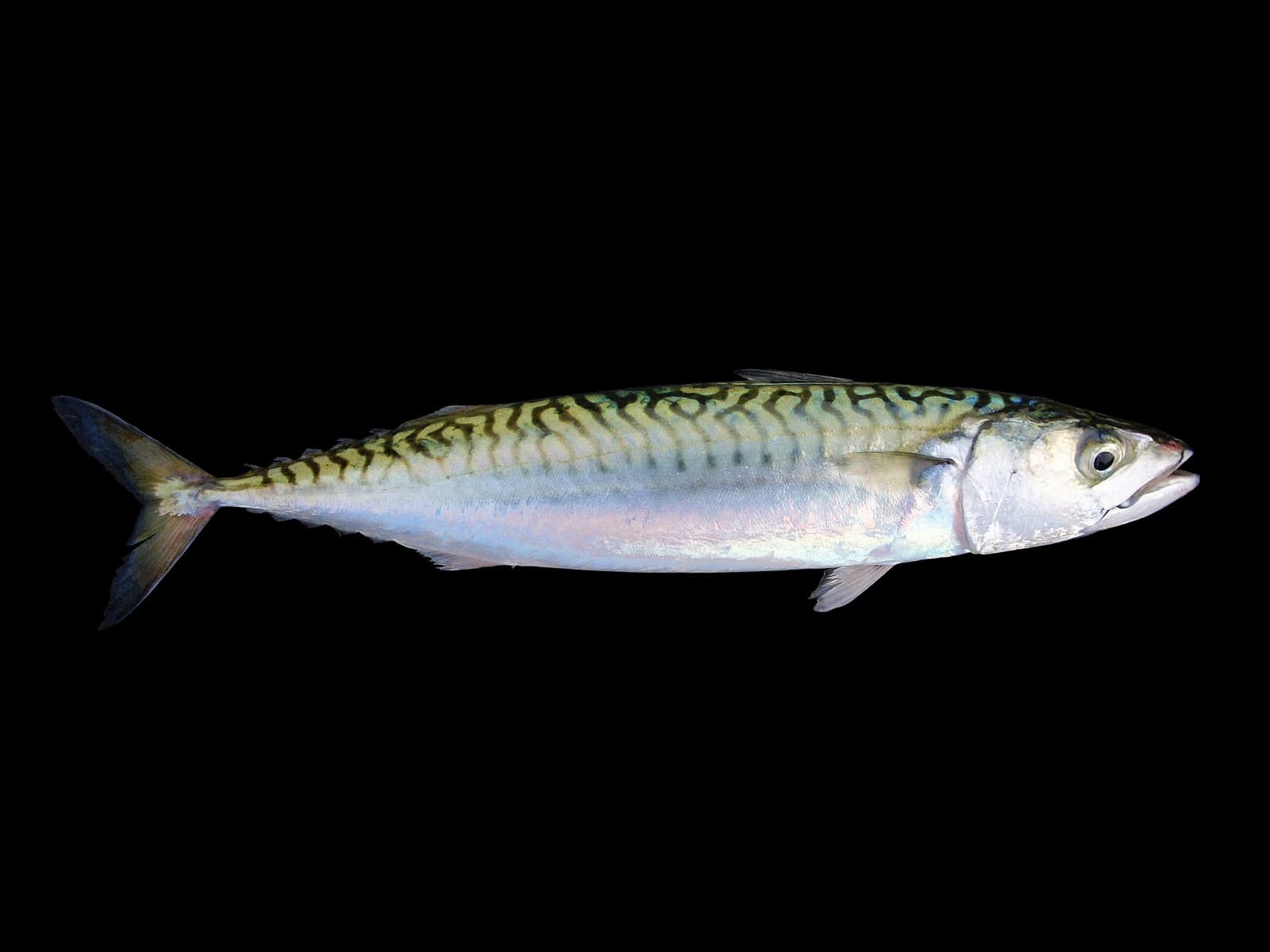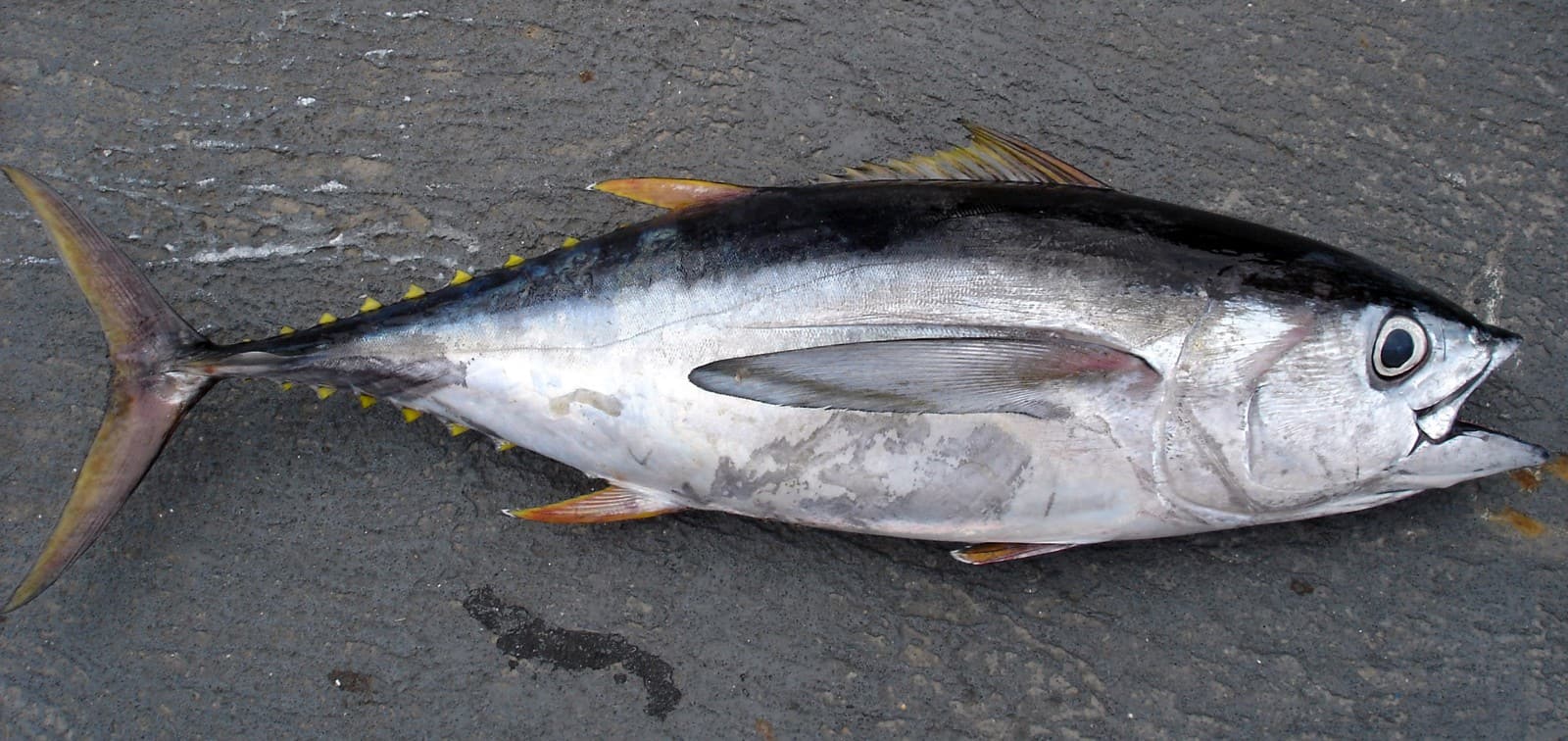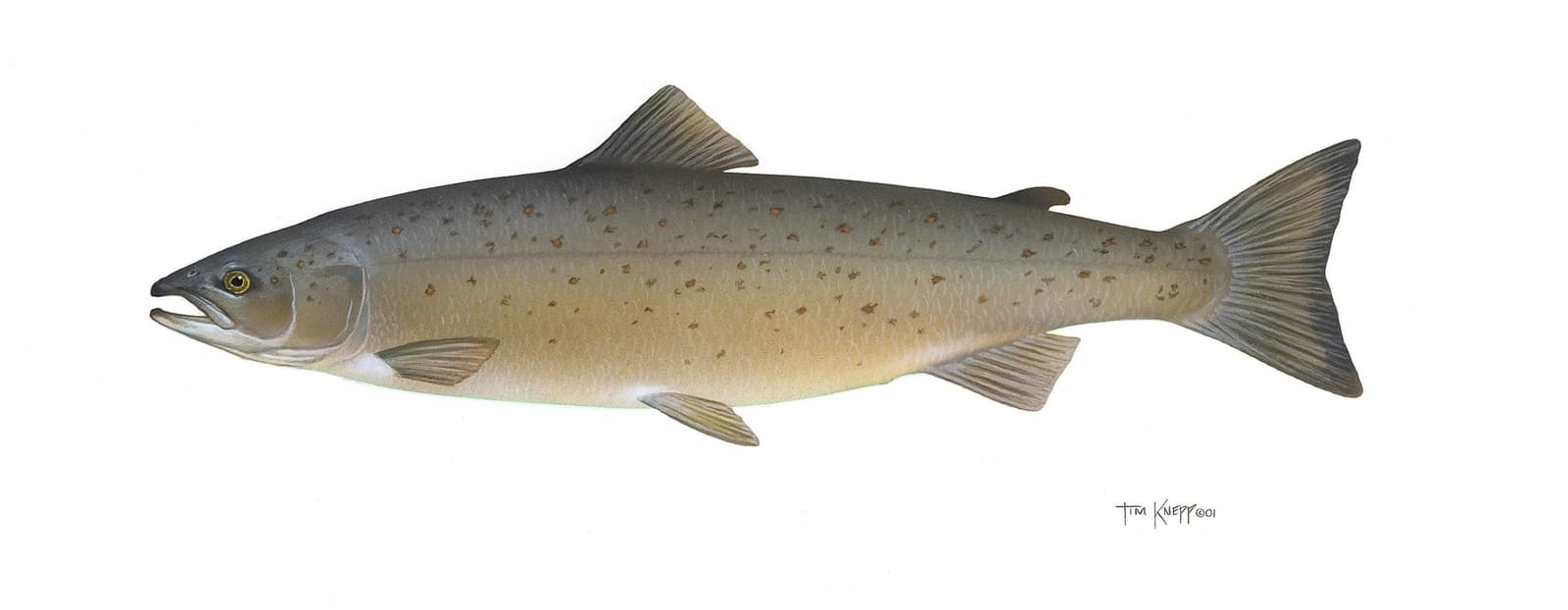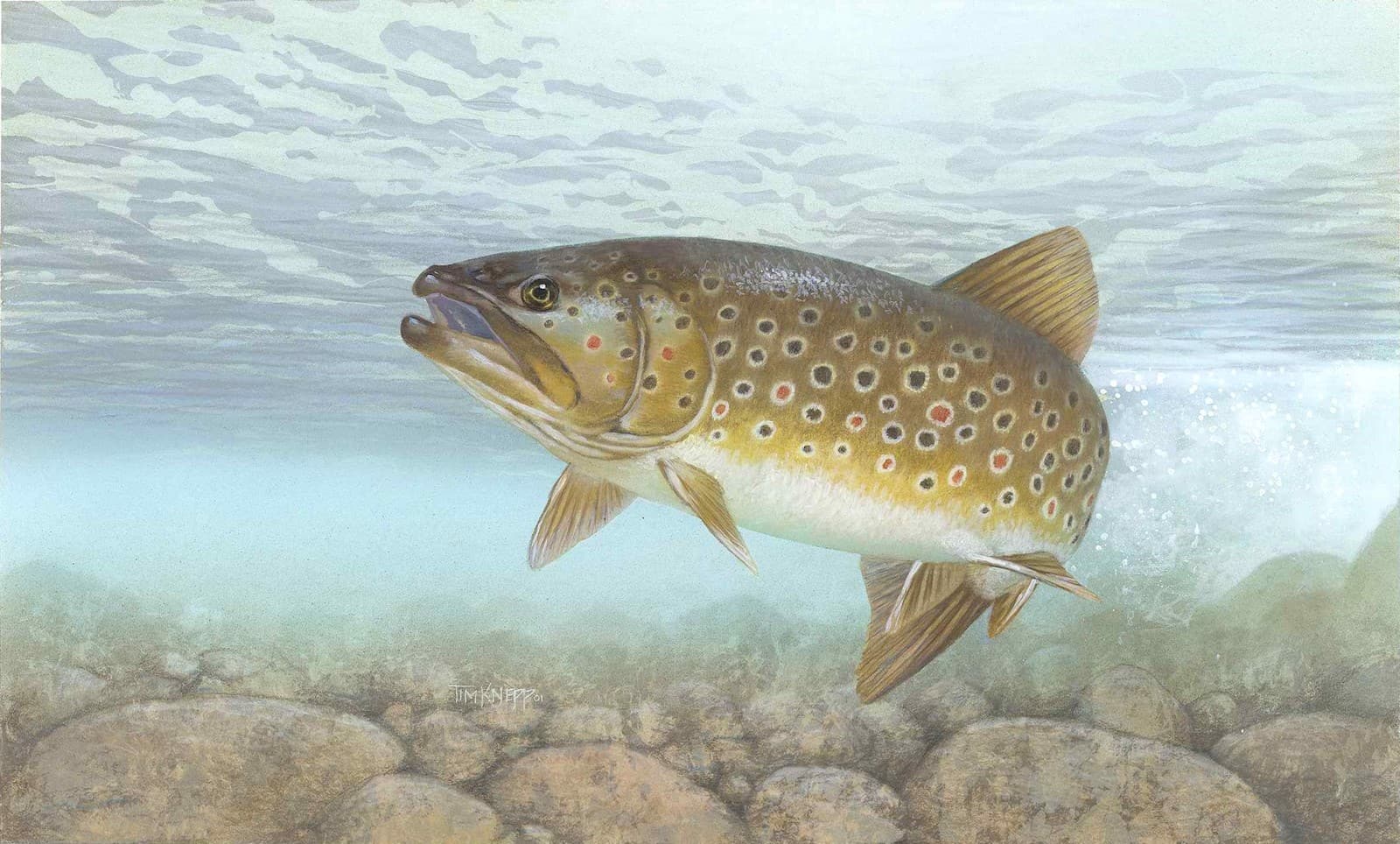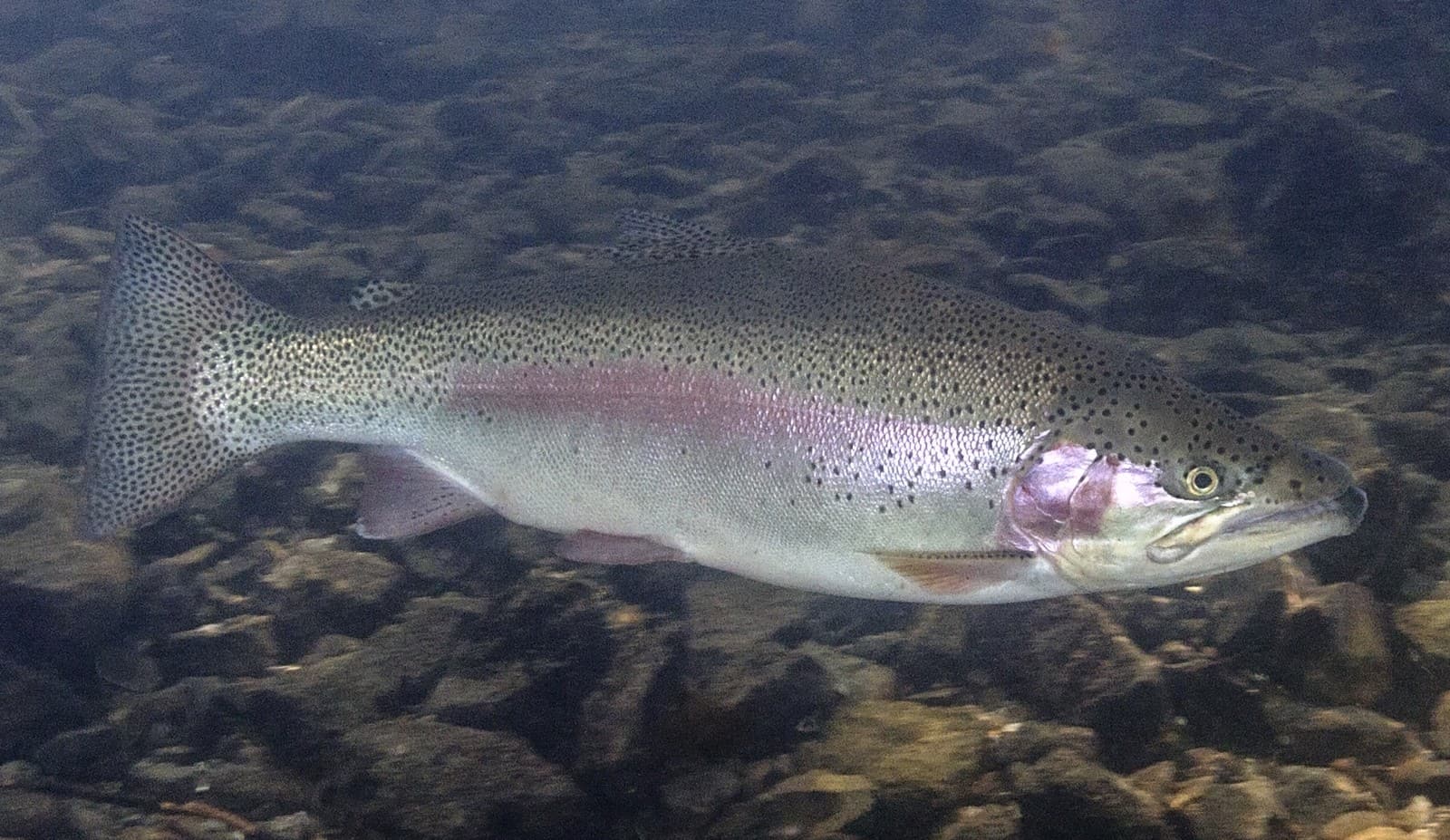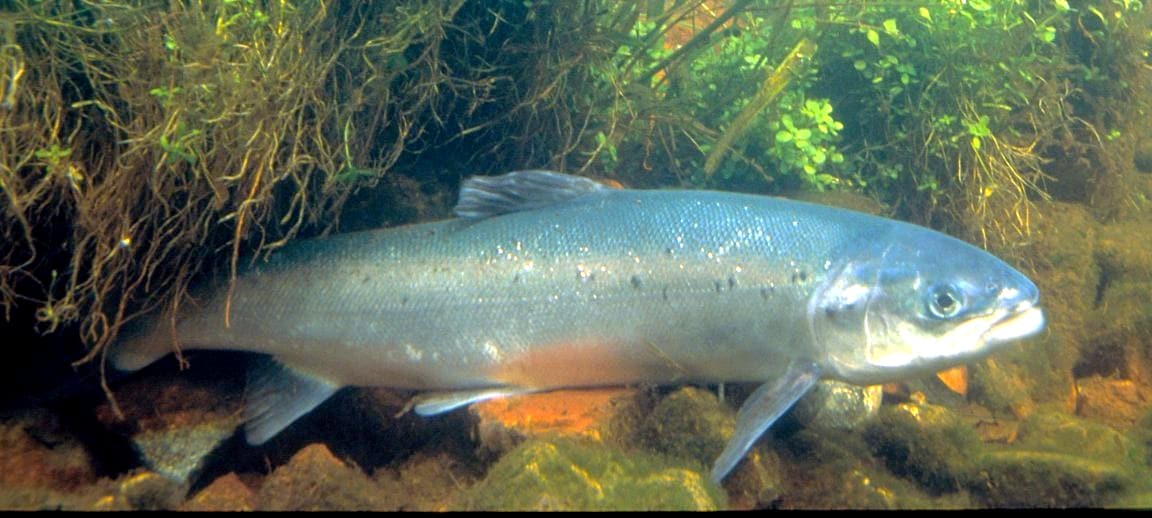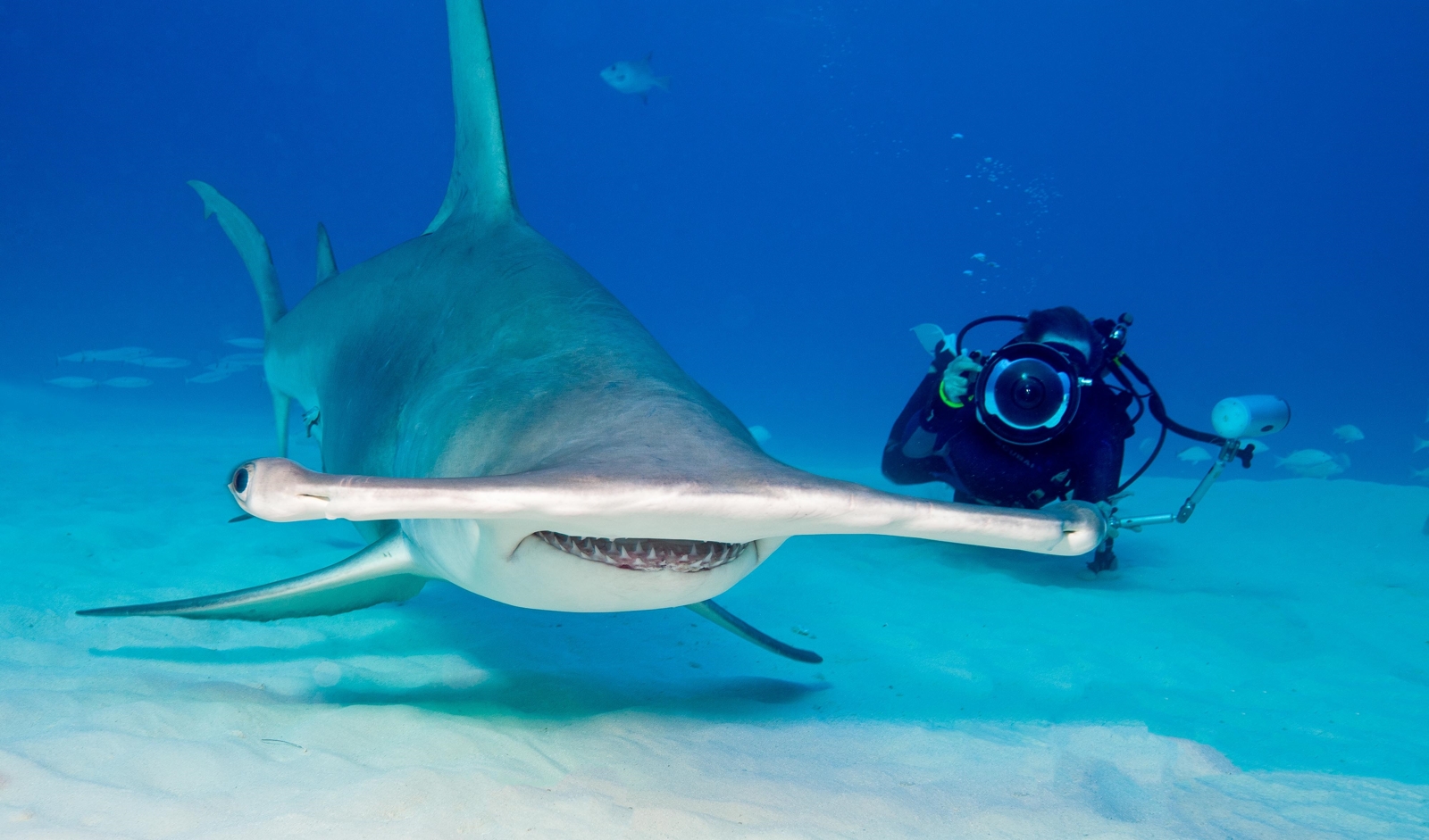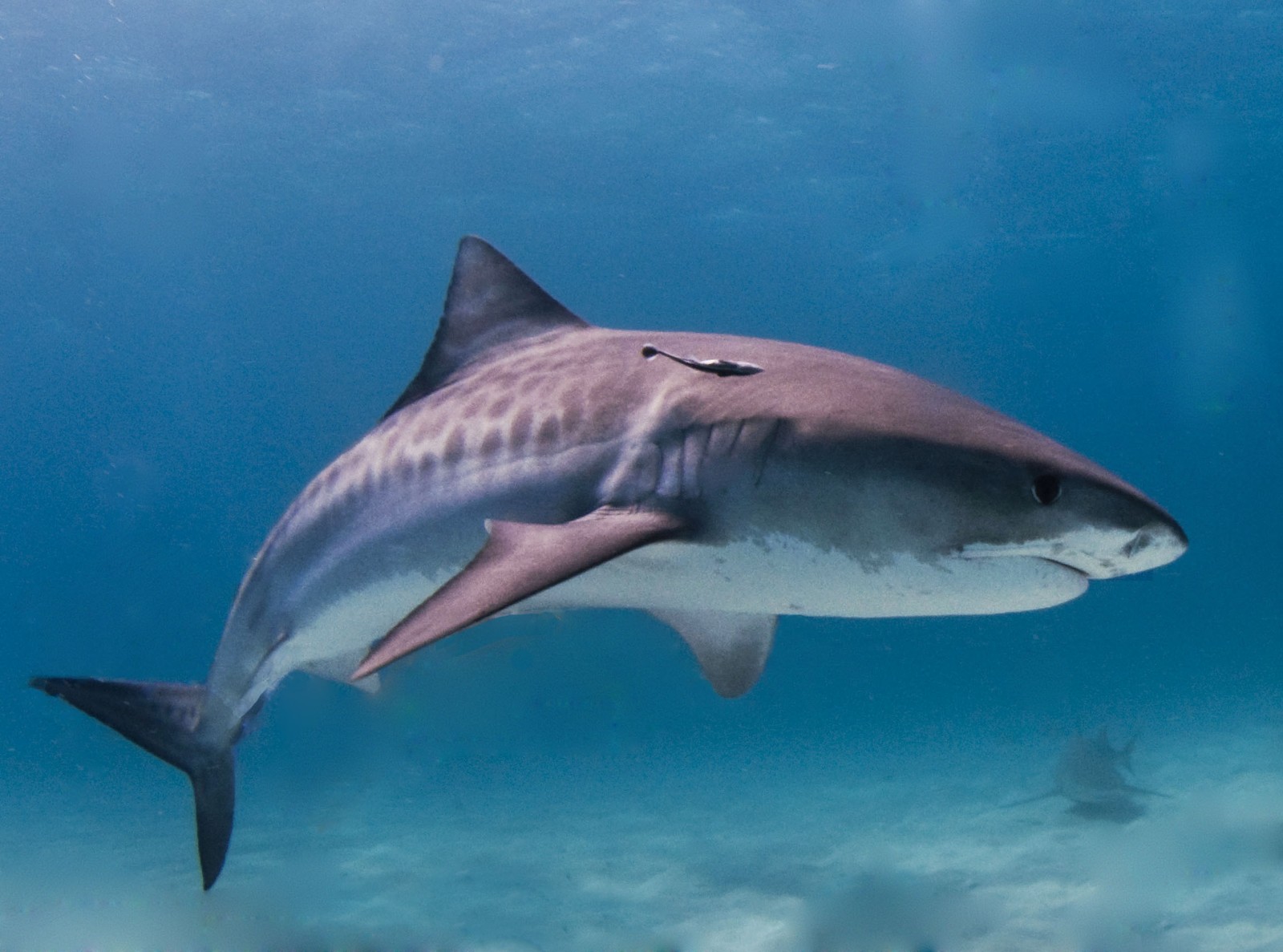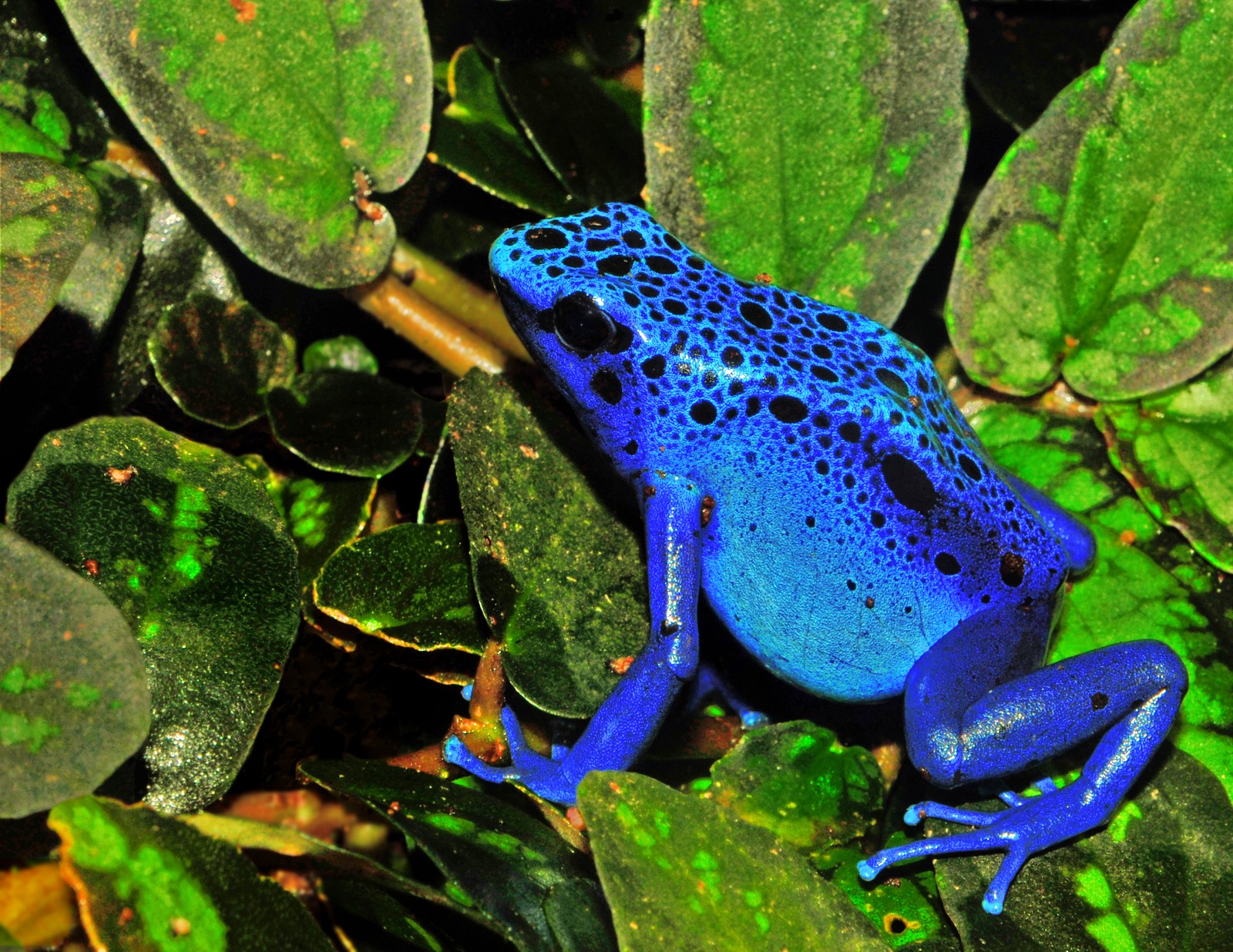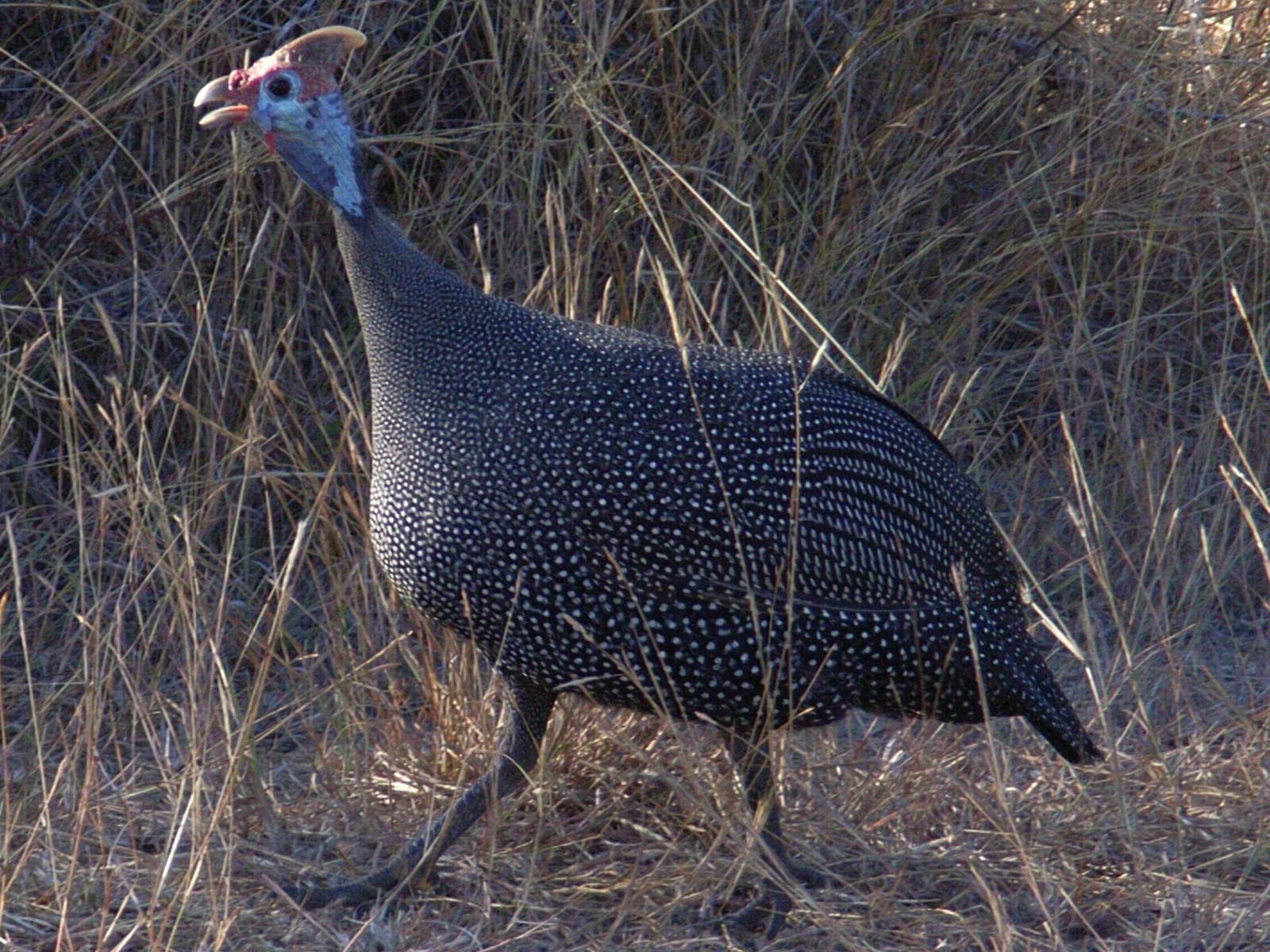Tuna vs Salmon: A Complete Comparison
When comparing tuna vs salmon, we’re examining two of the ocean’s most remarkable fish species. Tuna, particularly the yellowfin variety, can reach speeds of 47 mph (75 kph) and weigh up to 400 pounds (181 kg), while salmon demonstrate incredible endurance, swimming upstream for distances up to 2,000 miles (3,218 km) during spawning migrations. These distinct characteristics reflect their vastly different evolutionary paths and survival strategies.
The contrast between these species extends far beyond size and speed. While tuna are true pelagic fish spending their lives in open ocean waters, salmon showcase one of nature’s most remarkable life cycles – born in freshwater, migrating to the ocean, then returning to their natal streams to spawn. This fundamental difference shapes everything from their physiology to their culinary applications.
Visual Comparison
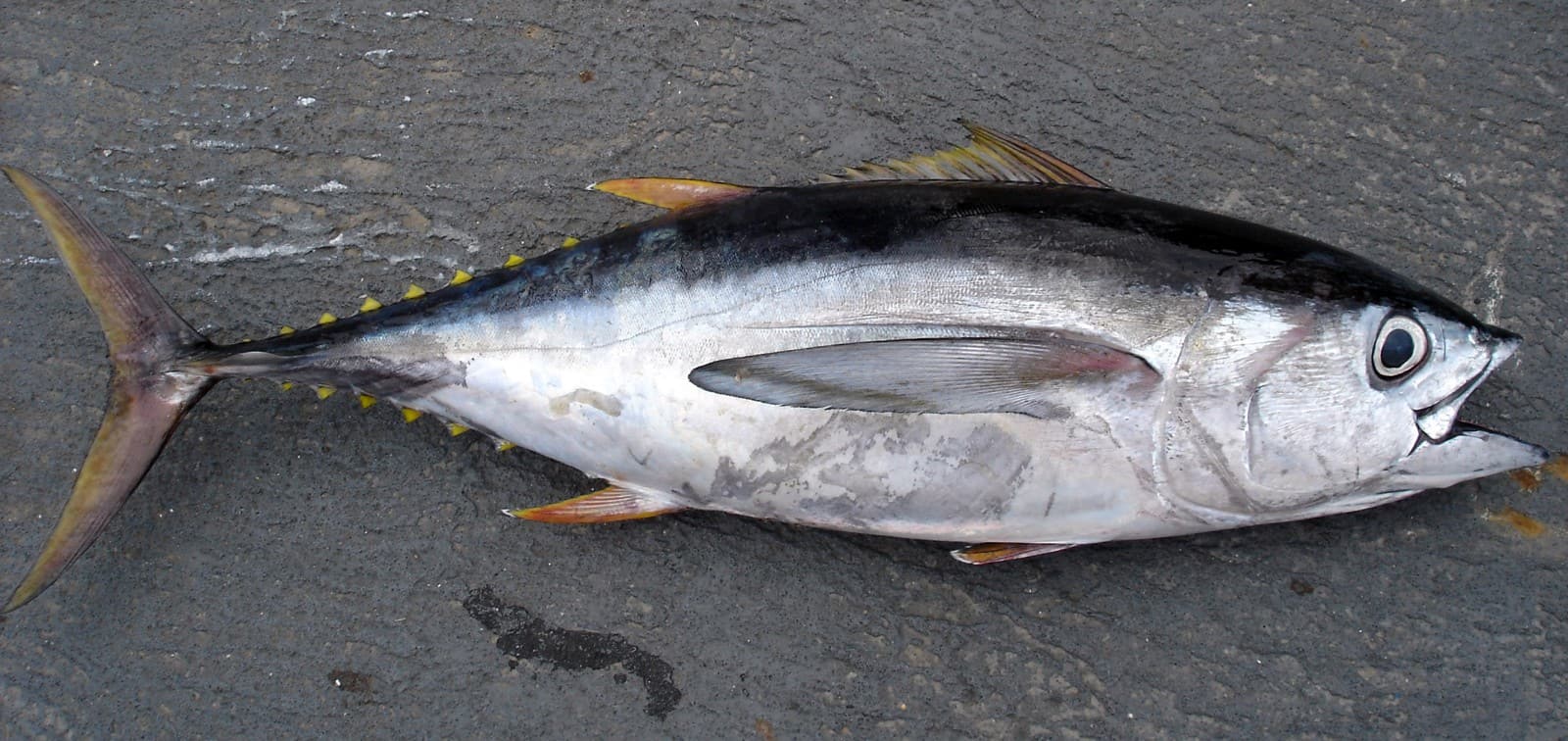
The yellowfin tuna displays the quintessential form of a high-speed pelagic predator. Note the streamlined torpedo shape, powerful tail fin, and characteristic yellow finlets that give this species its name. These adaptations enable sustained swimming at remarkable speeds in open ocean environments.
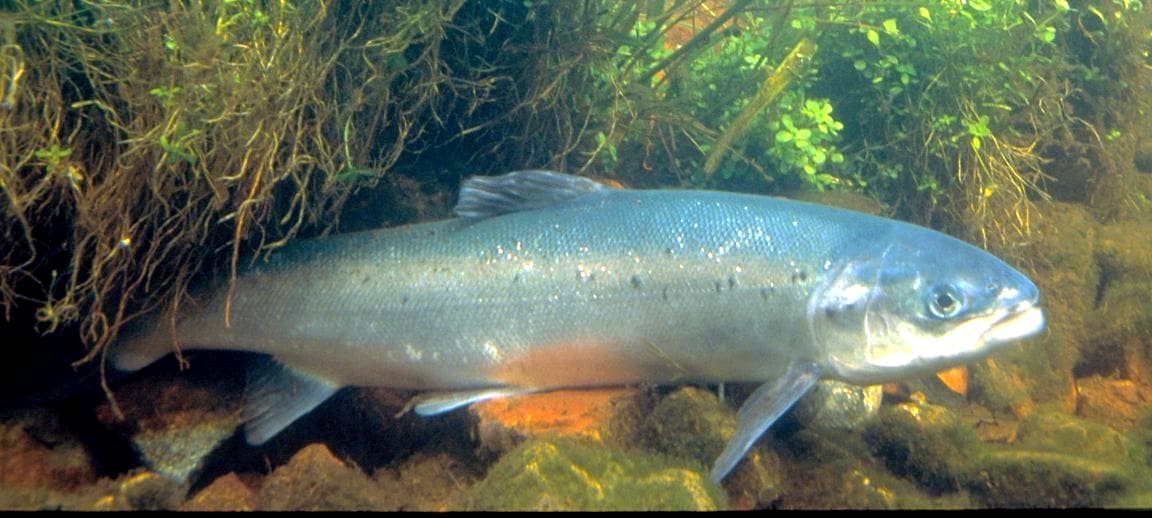
The Atlantic salmon exemplifies the adaptability of its species, with a body built for both ocean cruising and powerful upstream river navigation. The distinctive coloration – darker above and lighter below – provides excellent camouflage in both marine and freshwater environments.
Key Differences: Tuna vs Salmon
| Feature | Tuna | Salmon |
|---|---|---|
| Size | Up to 15 ft (4.6 m) | Up to 4.9 ft (1.5 m) |
| Weight | Up to 1,500 lbs (680 kg) | Up to 126 lbs (57 kg) |
| Habitat | Open ocean only | Rivers and ocean |
| Lifespan | Up to 40 years | 2-8 years |
| Swimming Speed | Up to 47 mph (75 kph) | Up to 25 mph (40 kph) |
| Migration Pattern | Horizontal ocean movements | River to ocean and back |
Habitat and Behavior
While tuna are perpetual ocean dwellers, ranging across vast distances in pursuit of prey, salmon demonstrate remarkable adaptability across multiple environments. Tuna maintain constant motion to extract oxygen from the water through ram ventilation, whereas salmon can remain stationary in both moving and still waters.
Nutritional Comparison
Both species offer exceptional nutritional benefits, but with distinct profiles:
- Tuna contains higher protein content: 29g vs 25g per 100g
- Salmon provides more omega-3 fatty acids: 2.3g vs 0.7g per 100g
- Salmon offers higher vitamin D levels: 526 IU vs 92 IU per 100g
- Tuna presents lower caloric density: 144 vs 208 calories per 100g
Culinary Applications
The culinary versatility of these fish reflects their biological differences. Tuna’s dense, meaty texture makes it ideal for raw preparations like sashimi and searing, while salmon’s higher fat content lends itself to a broader range of cooking methods, including grilling, smoking, and baking.
Conservation Status
Both species face significant conservation challenges, though for different reasons. Tuna populations, particularly bluefin, have declined by over 97% in some regions due to commercial fishing pressure. Salmon face threats from habitat destruction, dam construction, and climate change impacts on their spawning grounds.
Who Would Win in a Direct Encounter?
In a hypothetical encounter, a large tuna would likely dominate due to several advantages:
- Superior size and weight
- Faster swimming speed
- More powerful muscular structure
- Greater acceleration capability
- Enhanced predatory instincts
However, such encounters rarely occur naturally due to different habitat preferences and behavioral patterns.
Economic Impact
The global tuna industry generates approximately $42 billion annually, while salmon aquaculture and wild-catch operations combined produce about $15.4 billion. These figures reflect the significant commercial importance of both species in global seafood markets.
Understanding the distinctions between tuna vs salmon helps appreciate their unique roles in marine ecosystems and human consumption. Each species represents remarkable evolutionary success stories, adapted perfectly to their respective niches in our planet’s waters.
